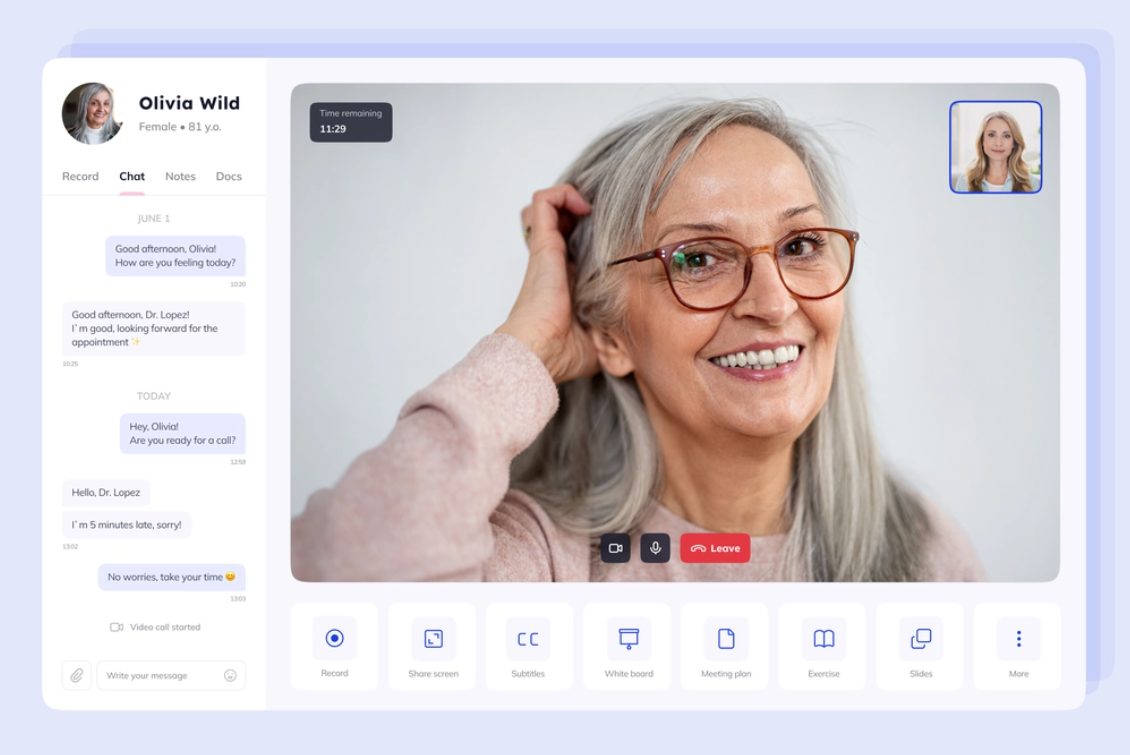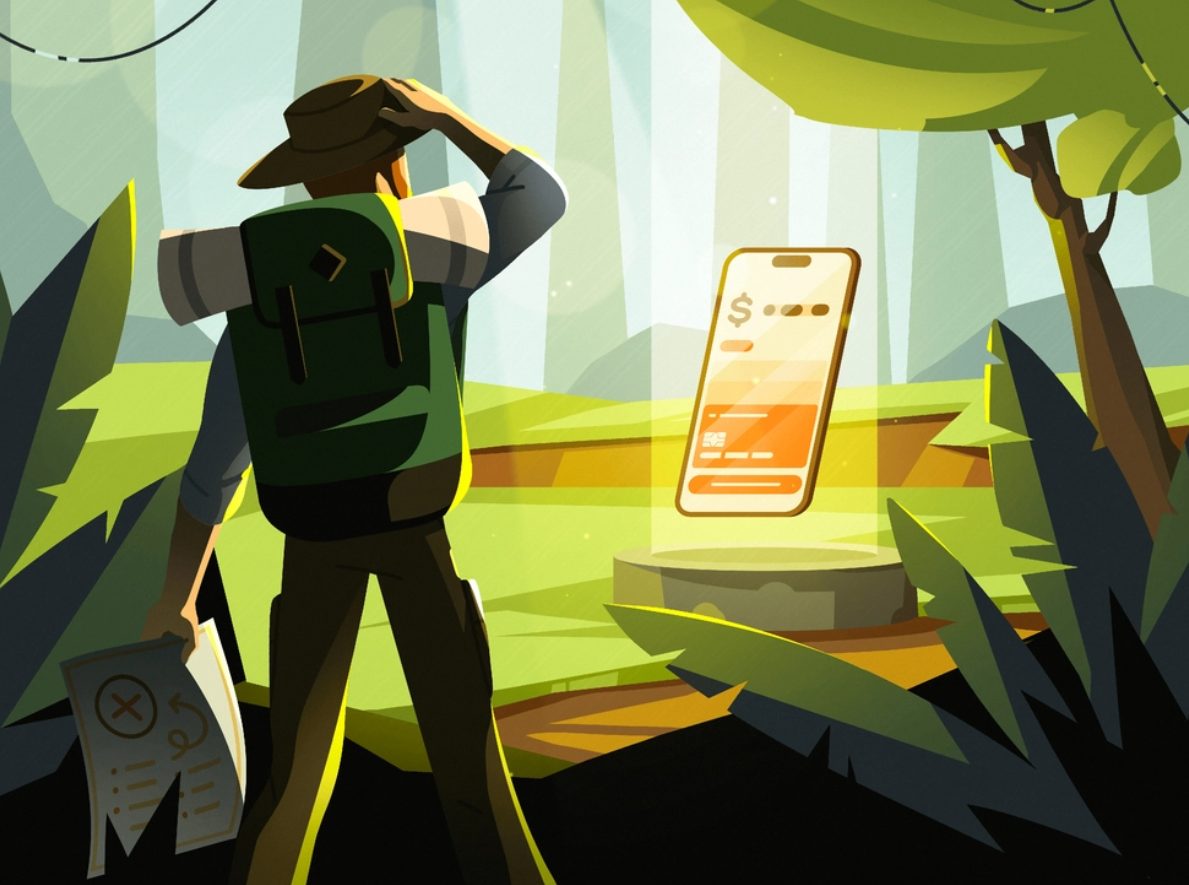Medical device software makes people’s lives better and more accessible. The apps change healthcare by making services easier and more efficient, improving patient health, and, well, making the world a better place. If you want to start a medical app development, this comprehensive guide will explain everything from types and features to the cost and working process.
A medical application helps patients talk to doctors, book appointments, and see their health records from anywhere. It can save time and money by cutting unnecessary visits, so people follow their health plans and live healthily.
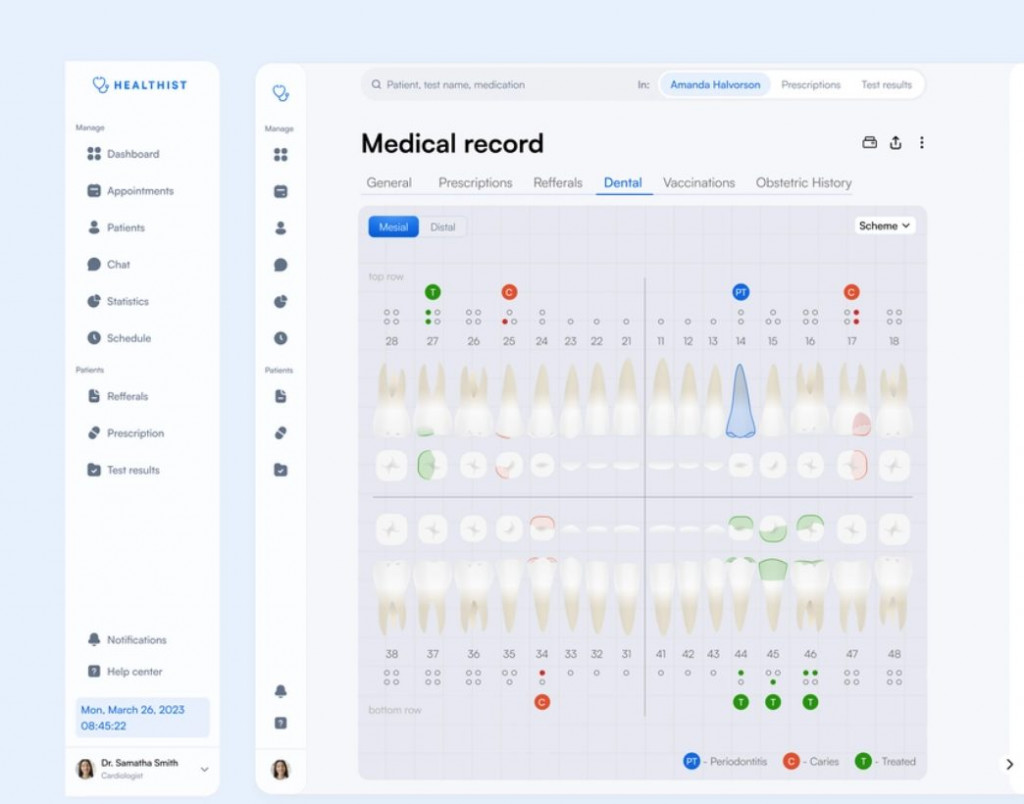
Top 7 popular medical app types
Medical app development can be a profitable venture for startups and healthcare organizations. Grand View Research forecasts that the medical app market will grow 11.6% (CAGR) from 2023 to 2030, reaching USD 105.9 billion. Another report indicates that the healthcare industry revenue will increase to $35.7 billion by 2030.
Such growth is driven by factors:
- The increasing adoption of fitness and medical apps
- The desire for more patient control over health data
- Staffing shortages
- Rising healthcare costs
The extreme diversity of healthcare applications has an impact on development. While some apps, like patient monitoring solutions, are intended for doctors, others do not require medical accreditation. Here are some types you may consider depending on your particular business case.
Medical apps to track diet & nutrition
Building a health app that tracks diet and nutrition is a profitable app development idea for any startup. Such an app serves as a vital tool for users looking to maintain a healthy lifestyle, offering features like meal tracking, nutrient analysis, and personalized diet plans.
You may integrate AI technologies for medical device connectivity that could enhance user engagement by providing real-time health data and personalized feedback, revolutionizing how people manage their nutritional health.
Consider our case study if you need an excellent example of how to develop a medical app that tracks diet and nutrition. The Fireart team developed an innovative app for diabetes management, incorporating a blood glucose log and calculating the glycemic load and insulin needed for meals. This app aims to simplify daily diabetes care, making it easier for users to manage their condition effectively.
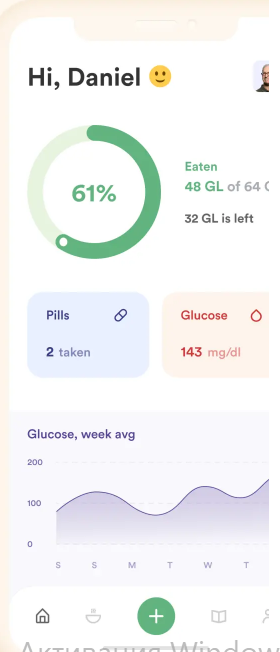

Lifestyle tracking apps
How to develop a health app for lifestyle? These are not only apps for yoga, running, other habits, or calorie counting but also apps that enable GPs and Primary Care Nurses to assess and recognize patient progress through a connected patient app and support patients in setting realistic physical activity and nutrition objectives.
They might give parents a sense of security that they previously couldn’t. Consider an app that communicates with your child’s smartphone and updates you on their daily activities. You should know where their child is and even who they are speaking to provide parents peace of mind, etc.
Want to make your lifestyle tracking app popular? Consider a solid mobile app UI design. It will enhance user engagement and lead to a better user experience, which can significantly contribute to the app’s success in the competitive healthcare market.

Fitness apps
Why develop a fitness app? An application that you may download and use on any mobile device to get fit is called a fitness app. Exercise, other forms of physical training, nutrition and food, and other methods of being healthy are all assisted by fitness applications. Statista found that the average user revenue for fitness apps can be valued at US$17.84.
Fireart boasts over 10+ years of expertise in healthcare application development. Check out our case on crafting an intuitive and streamlined design framework for a fitness app to see our capabilities in action.


Health counseling apps
Mobile apps and other low-touch therapies should, at the very least, help you become more conscious of your symptoms during difficult moments. Most likely, they do not treat any well-being issues, but it might help mitigate them.
These apps may also aid college students in learning specialized subject matter or provide statistics. They aid psychology students’ learning outside of the classroom as well, etc. Currently, the app store offers more than 10,000 apps for mental health and other wellness counseling. Still, their number is growing.
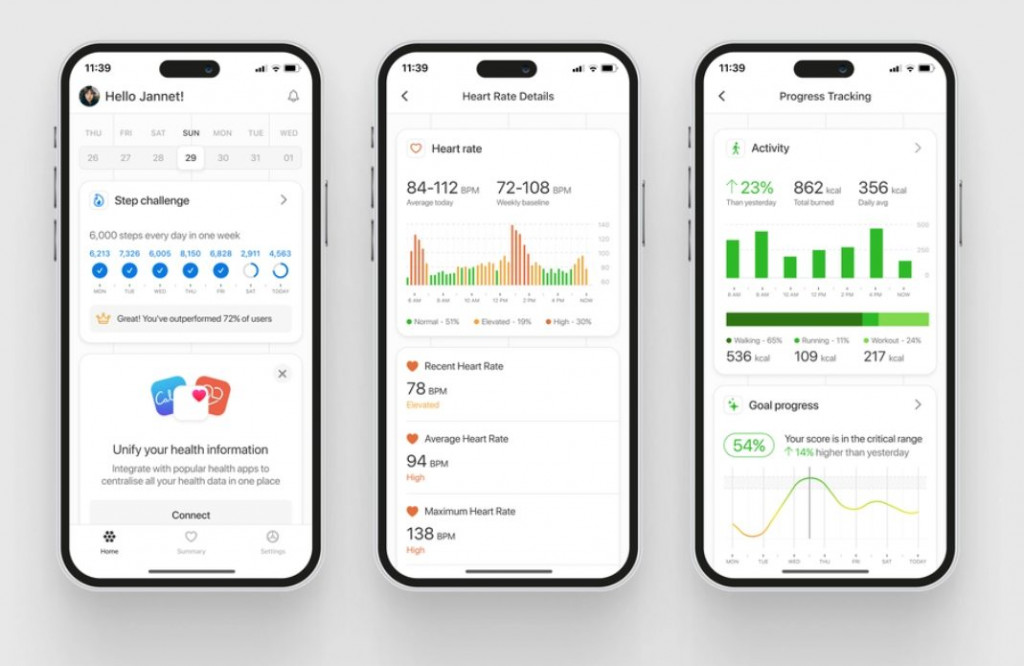
Meditation Apps
Reminders and trackers are not a limit. There are apps that help you fall asleep, calm down, and reduce stress & anxiety and so much more. Users of meditation applications like Calm and Headspace can engage in breathing exercises, guided meditations, and calming music to enhance their mental health.
The meditation apps market is growing rapidly, with a forecasted CAGR of over 44.5% from 2022 to 2030. Such growth indicates strong demand and a profitable opportunity for developers and investors in the mindfulness meditation app market.
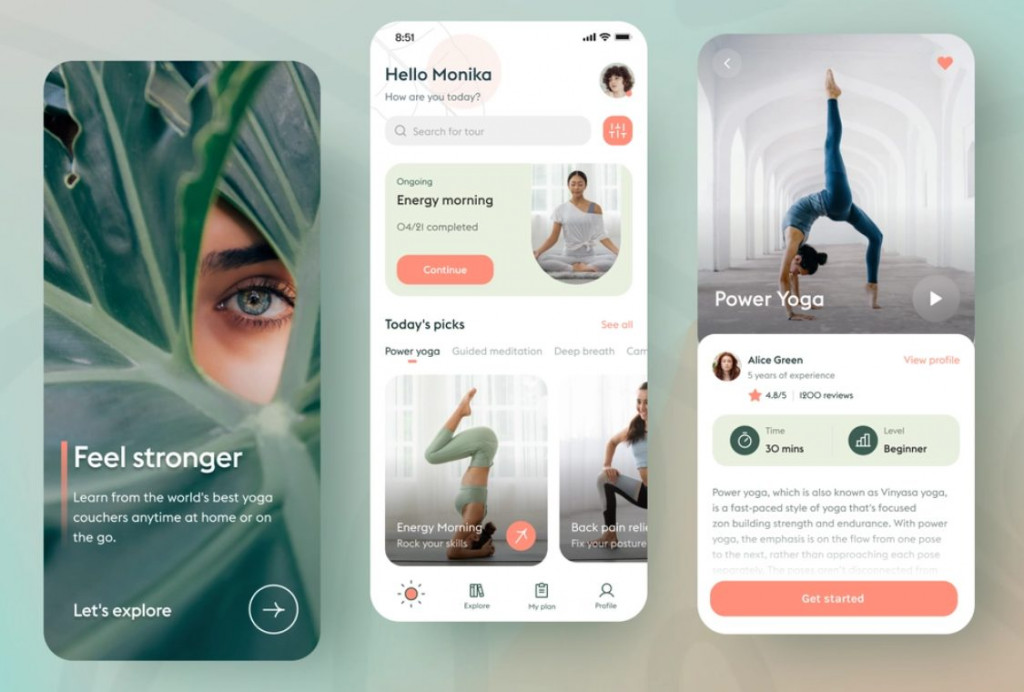
Application for test results storage
Additionally, there are uses for medical laboratories. They make test results easily accessible to patients. You only need to provide a password to access your personal account in the mobile application to always have access to health-related information. You no longer need to send SMS notifications or wait for the person to come in for tests.
Some apps store medical reference books, lists of drugs, diseases, and a medical calculator that helps you find drug names based on the active substance, etc.
Doctor appointments apps
Client applications and internal applications are the two main popular categories for which medical centers’ health applications fall. This software carries out a variety of clinical administration responsibilities.
They can be connected to web services that completely automate clinics’ work. Applications like these support internal communication between clinic doctors, consultation with professionals in adjacent fields regarding patient-specific disorders, etc.
Must-have features for medical app development
Most mobile app developers make smart, user-friendly, customizable, and straightforward mobile apps. List features that can help your app stand out from the competitors. Good image resolution, quickness, and simplicity are some essential aspects. Here are more specific features that are a must-have for building a health app.
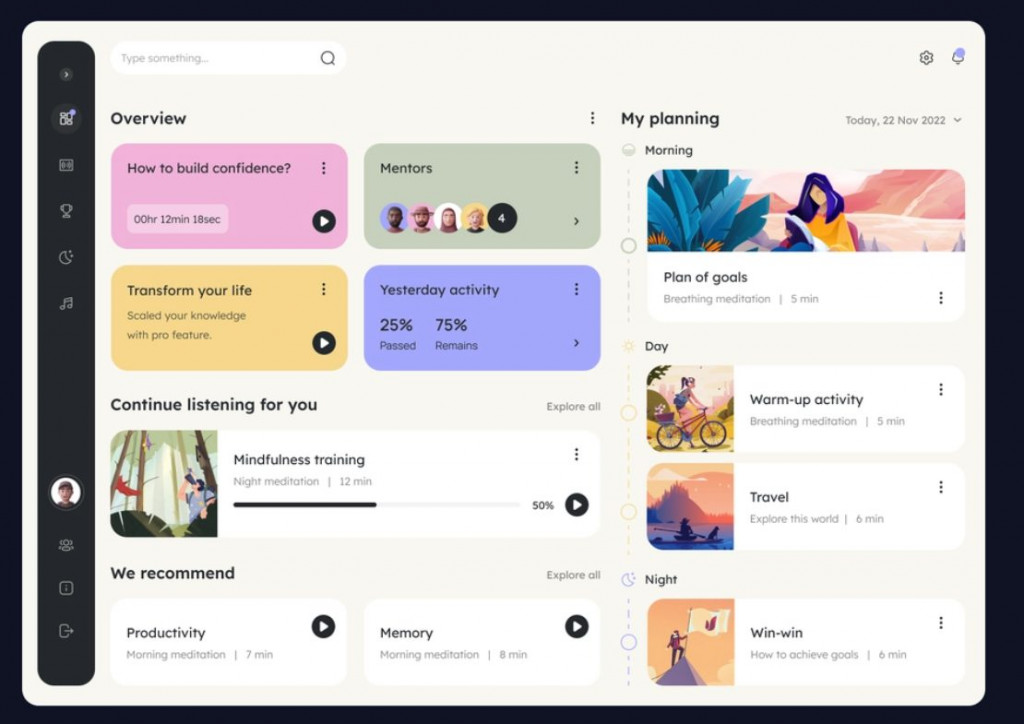
User profile
The first thing to create. An outstanding user experience and assistance in achieving your business objectives are key components of a successful mobile care app. Additionally, it should be simple to use, offer the consumer something extra that they wouldn’t get from a conventional website, and gather data to help you enhance client experiences.
Dashboard
Add a dashboard to your app. It is a piece of information management software that tracks, examines, and visually presents graphs, charts, metrics, and important data points to track the health of your users.
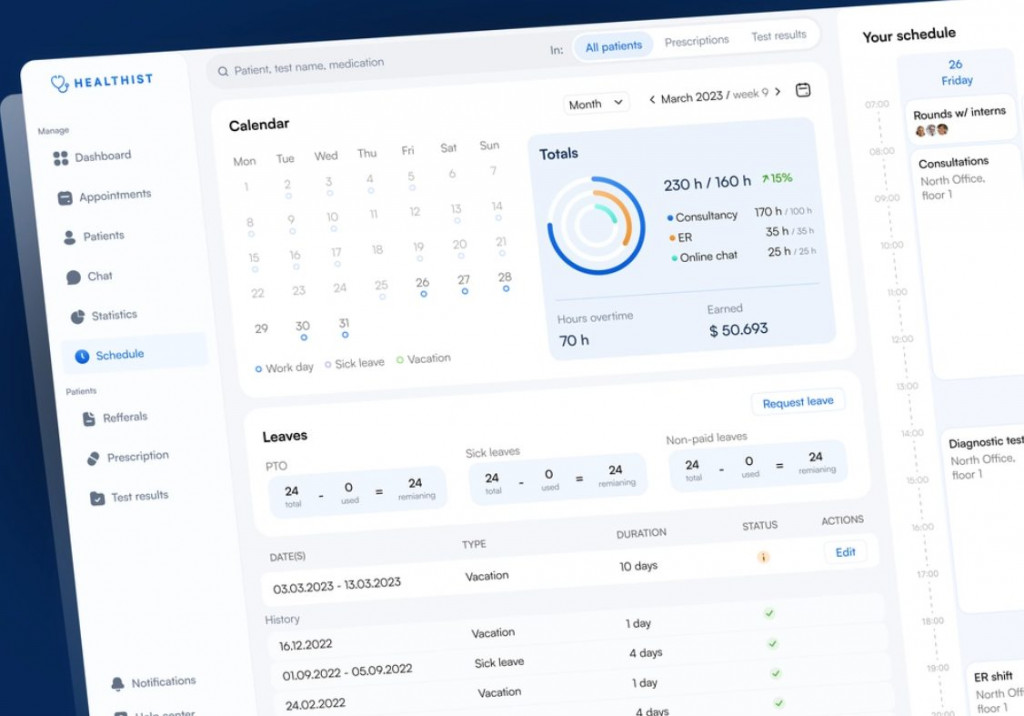
Chat and messaging
What does the app chat and messaging mean? Users can speak in real-time privately or in groups using an in-app chat interface, which is a chat window integrated into an app or product. Emergency help is also possible via this messaging center.
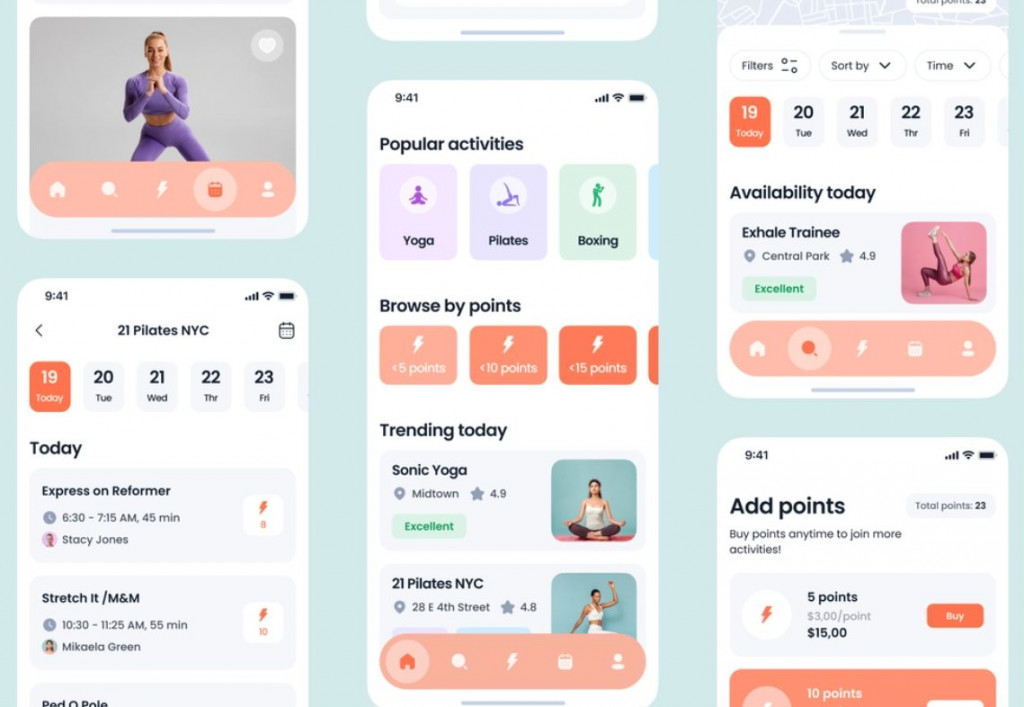
Video conferencing
A live video-based meeting employing a device with video capabilities allows two or more people to meet remotely. Through the real-time transmission of audio, video, text, and presentations over the internet, video conferencing enables a group of people to interact and work together when separated by great distances. Doctors and their patients may conduct consultations remotely, etc.

Notification and reminders
We recommend an interface that is clear, uncomplicated, and straightforward to use. It is the best thing for a chat and reminders. For instance, you might set up a reminder for “Visit your Doc” to display on the first of every month, or mark the visit in the doc’s calendar as a reminder, etc.
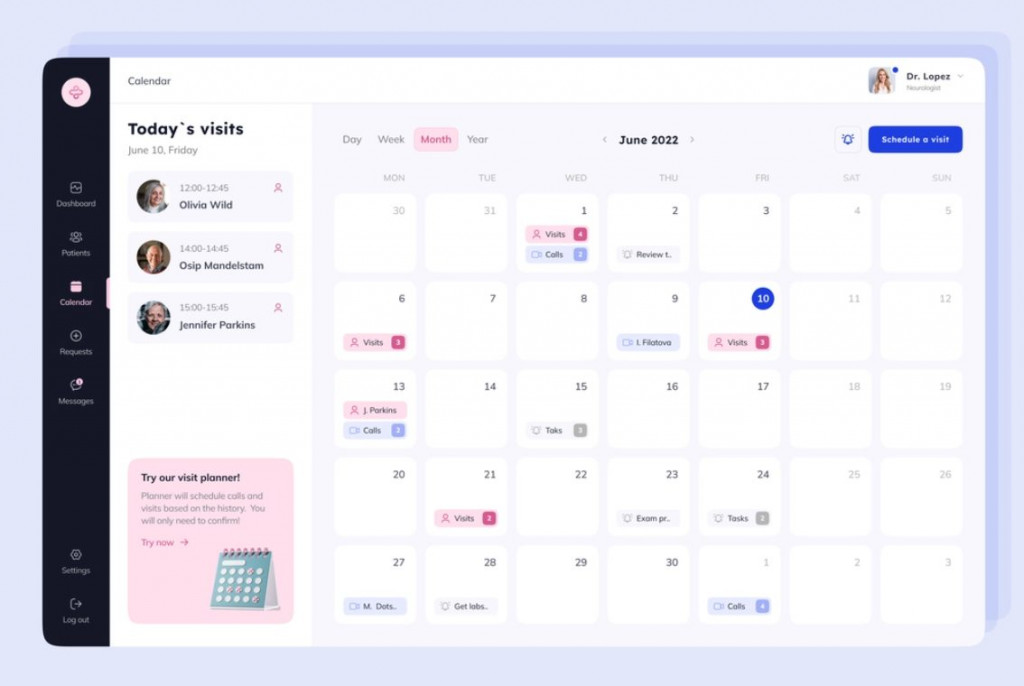
Gamification
Gamification as a must-have feature for health app development enhances user engagement and motivation. Use rewards, challenges, and tracking achievements to reach users’ fitness goals in a fun and interactive way.
For our clients, we developed a fitness app that incorporates gamification to stay consistent with fitness routines, making reaching users’ health goals easier while enjoying the process.

Monetization models: how do health apps make money?
Your app should provide clients with relevant goods and services and include marketplace elements for optimum results. For instance, in an app environment, users can schedule and pay for doctor visits, purchase medications or nutritional supplements, or sign up for exercise regimens. Fees for each purchase are how you make money.
App development best practices also involve tactics, including placing banner ads in your app, using video adverts, and using integrated advertising techniques, which we’ll review in more detail below. Paid apps
Paid apps are those that a user pays a one-time price to download. These apps are frequently paid for and most likely don’t include adverts. Paid apps have a higher perceived value, generate a higher average income per download, and enjoy greater user loyalty than free apps. A large customer or follower base will be the reason for choosing a paid app.
Free apps
How do free apps become profitable? Free apps can be downloaded for no cost, and their primary revenue sources are advertisements, in-app sales, and paid subscriptions. Since the value of an app lies in its functionality, premium apps in gaming, education, business, and utilities typically perform well. Medical apps may not be quite appropriate to create as free.
Subscription model
Customers may pay a monthly fee for access to a product rather than a one-time cost under a subscription business model. The consumer is frequently given the option of paying this recurring cost monthly or annually. Generally, the most convenient model for monetizing apps is subscription.
How to make a medical app: 8 steps
How can you create a healthcare app? In terms of the quality of services, a mobile medical center should not be inferior to face-to-face clinics. To help users trust your app, keep these tips in mind when developing your app. Here, we’ll walk you through the 8 easy steps of developing a healthcare app.
Step 1: Conduct market research
Before the app development process starts, determine the market niche you want to enter. Then research the healthcare mobile market to find out everything you can about the trends, the major players, the target market, and the technology. A SWOT analysis can also be beneficial in identifying apps` strengths and opportunities so you can capitalize on them in the market.
Step 2: Study your audience
The mobile application is the answer to the needs of the audience. To get your target audience and comprehend their problems, you can conduct surveys and develop personas. Your product can only be a success if it outperforms its rivals at resolving a particular user problem.
Step 3: Choose app type & monetizing model
Look for features and qualities that will make sure your product is better, stands out among the rest in the crowd, and attracts attention. Choose how it will bring income. There are numerous application types available and at least three monetizing models to choose from.
Step 4: Create the design
Work on a straightforward prototype to get a sense of the app’s interface. Ensure easy navigation to understand and that your design is aesthetically pleasing. Accessibility and inclusion for people with vision problems and other types of disabilities should also be a priority.
Step 5: Ensure HIPAA compliance
Healthcare has a strict legal side. So, it is a must to note that significant costs are associated with HIPAA non-compliance. Ensure your software complies with all applicable laws, including non-disclosure of sensitive patient data.
An application that people will use to solve health problems must guarantee the protection of their personal data. If information about the medical history becomes available to third parties, this can seriously compromise the patient’s safety.
Step 6: Build an MVP
Create a list of necessary features, then create an MVP with minimum functionalities. In other words, your MVP should be able to address the core issue, such as enabling appointment-making or prescription-writing, etc. In later rounds, you can increase the app’s functionality and add more sophisticated features.
Step 7: Testing
To launch your MVP to a select user base, and then solicit their comments is not enough. Do extensive A/B tests to consider this feedback, and use it to enhance the app in subsequent development cycles.
Step 8: Maintain & support
As soon as the app is released, keep it maintained, update it, and add integration or some new features to stay ahead of the competition as per the market trends and beyond.
Summary
So, are you ready to build a health app? For successful medical app development, follow best practices, such as compliance with health regulations, ensuring the app works on various devices, and keeping users engaged with regular updates. This strategic approach ensures the development of a profitable and user-centric medical app.
Regarding app development for healthcare, our approach focuses on creating innovative solutions that cater to specific business needs. Contact our team today and take the first step towards your custom medical app development.
FAQs
How much does it cost to develop a mobile health app?
Depending on its complexity requirements, the technology utilized, the design and user experience, and the post-launch services necessary, the cost of producing a healthcare app can vary significantly. An entry-level healthcare app typically costs $30,000 to $100,000. However, more advanced apps can cost up to $300,000 or more.
How do health apps generate revenue?
It is possible to introduce a medical application into the work of any clinic, whether it is dentistry or aesthetic medicine. Depending on the chosen app monetization model, in-app acquisitions will bring income to the owner. Fees for each purchase, subscription, or download are how you make money.
How long does it take to develop a medical app?
It can take the developers months to a year or more to build a medical application. Developing more complex software with cutting-edge capabilities like machine learning and custom integrations can take a year or more than developing a minimum viable product with basic functionality.
What are the key features of a successful medical app?
A successful medical app should offer ease of use, ensure data privacy, provide real-time health monitoring, and offer personalized health recommendations.
Why is user engagement important in medical apps?
User engagement is crucial for ensuring the app remains relevant and valuable, helping users manage their health effectively, and encouraging continuous use.
How does a medical app ensure data privacy and security?
A medical app can ensure user data privacy and security by implementing robust encryption, adhering to healthcare compliance standards like HIPAA, and regularly updating security measures.


